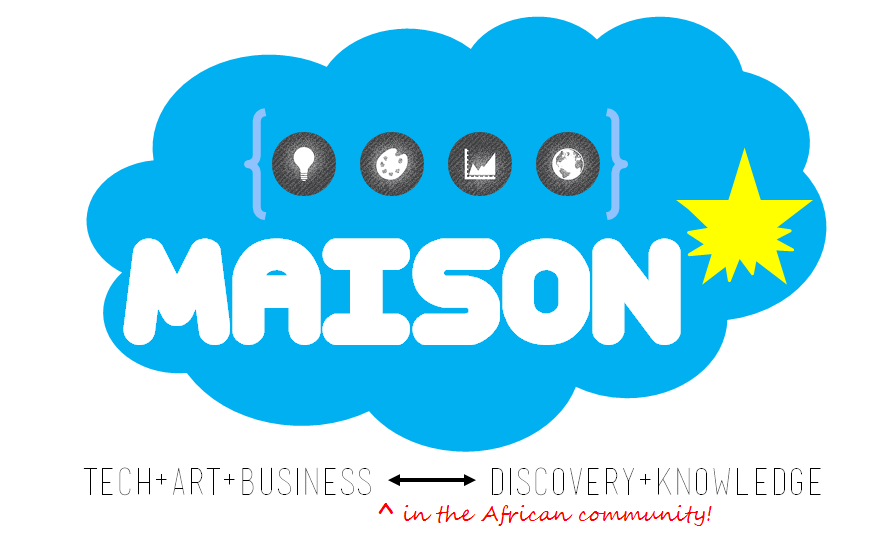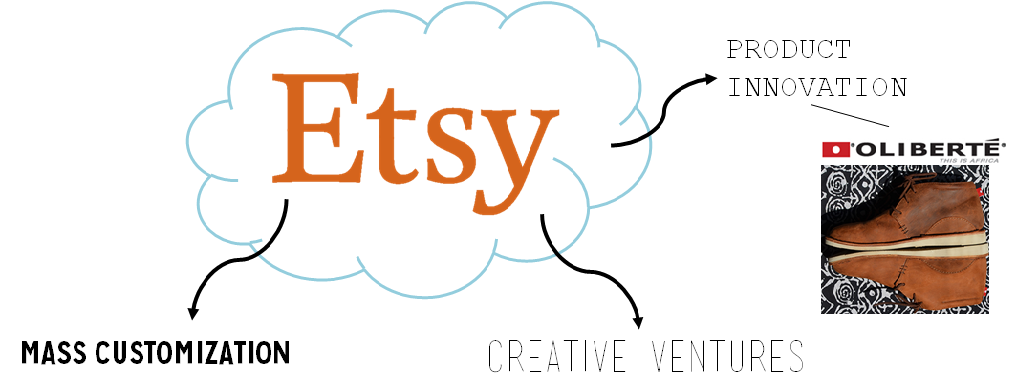Many social enterprises aim to sell “marketable” items using labor from economically disadvantaged demographics. However, the crux of many of these business is that the so-called “bottom of the pyramid” worker is depending on the Western consumer to accept services and goods from them so that they can have a livelihood.
The truth of the marketplace is that no one needs to buy 48 dollar baskets just because it’s going to help poor women. It is a noble idea indeed but I myself began to question this social enterprise practice of “buy for pity”. Tal Dehtiar of Oliberte Footwear became very hyper-sensitive to this trend when he first headed up a footwear line sourced and produced in Africa:
When we first started, I didn’t want to do the Africa angle,” he says, a seemingly strange statement about a company that markets the continent in its tagline. “Our first ad was very stereotypical Africa. It was a picture of an African face—a Maasi warrior. I hated it.” He stopped using the ad the following year. “We’ve gone from portraying a very stereotypical image of Africa to now selling pride instead of pity. But it’s a challenge, because some stores want the stereotypical Africa branding.
The balance,” says Dehtiar, “is how do I do the Africa angle without doing the part I hate: ‘Buy because you feel bad about Africa.
Dehtiar admits that he is still developing his business model but what may set him apart from the seemingly do-gooder social entrepreneur is that because he is not relying on simple marketing tropes he has the incentive to innovate. “When it comes to footwear,” Dehtiar says, “we don’t want people to think of Africa as the next China. We want them to think of it as the next Italy—think quality.” Perhaps Dehtiar is making the first step in acknowledging what really appeals to the “Western consumer”.
Patrick Hanlon writes in Forbes article Consumerism: From Mass To Micro-Consumer: “Just as China leaps forward to develop their 1.3 billion population into the largest mass consumer market in the world, paradoxically the USA lurches toward its next evolution of capitalist chic: micro-consumerism.”
Is the key to unlocking this rising micro-consumerism in the form of buzzwords such as “mass customization” and “customer co-creation”? Stateside enterprises such as Etsy have already succeeded in developing these kinds of models for consumer value creation. Thousands of merchants are able to design, develop and sell their products to the specifications of their customers in bundles or in a single product. In order for social enterprises to be treated as more than another "do good invention" with niche marketing strategies, we must surrender to the fact that brands such as Oliberte are emerging market/developing country brands and they must fight for respect in the marketplace. This can be done also through innovative value creation.
Jack Hughes of Harvard Business Review writes about “What Value Creation Will Look Like in the Future”:
“Value creation in the future will be based on economies of creativity: mass customization and the high value of bringing a new product or service improvement to market; the ability to find a solution to a vexing customer problem; or, the way a new product or service is sold and delivered.”
We can provide jobs for economically disadvantaged women in Kenya or Ecuador. That’s great! But are we finding innovative ways to source materials? Why are you only selling/marketing your bracelets to people OUTSIDE of the country you are doing business in? Are there not potential business partners in the cities of Nairobi and Quito who would be willing to buy some aspect of your product and have you as a supplier?
“Social enterprise” is still a emerging field and only time will tell which directions it will go in but I believe we must err on the side of caution to prevent from it becoming another form of charity.

